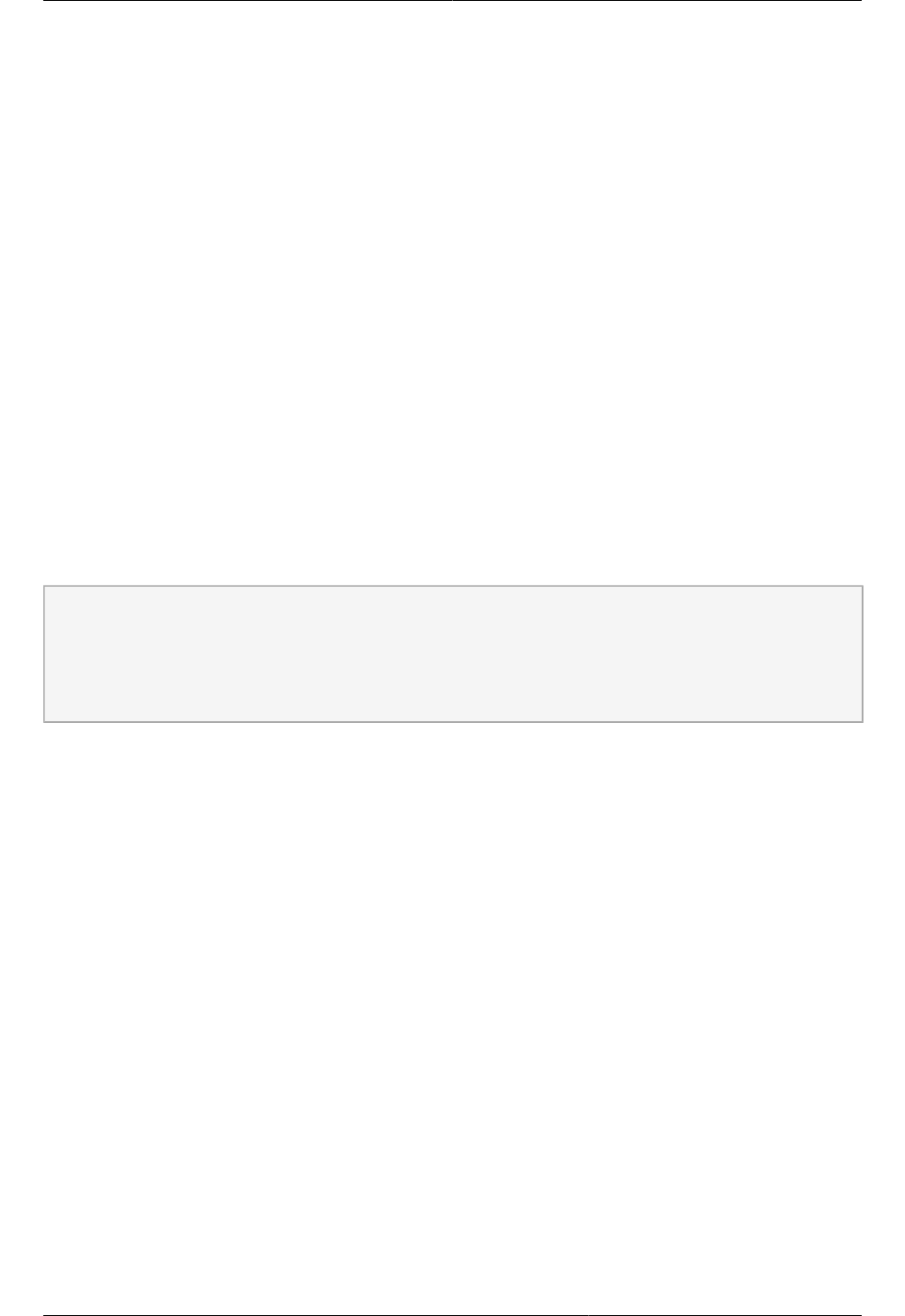
Chapter 19.
237
Managing the Cloud
19.1. Using Tags to Organize Resources in the Cloud
A tag is a key-value pair that stores metadata about a resource in the cloud. Tags are useful for
categorizing resources. For example, you can tag a user VM with a value that indicates the user's city
of residence. In this case, the key would be "city" and the value might be "Toronto" or "Tokyo." You
can then request CloudPlatform to find all resources that have a given tag; for example, VMs for users
in a given city.
You can tag a user virtual machine, volume, snapshot, guest network, template, ISO, firewall rule, port
forwarding rule, public IP address, security group, load balancer rule, project, VPC, network ACL, or
static route. You can not tag a remote access VPN.
You can work with tags through the UI or through the API commands createTags, deleteTags, and
listTags. You can define multiple tags for each resource. There is no limit on the number of tags you
can define. Each tag can be up to 255 characters long. Users can define tags on the resources they
own, and administrators can define tags on any resources in the cloud.
An optional input parameter, "tags," exists on many of the list* API commands. The following example
shows how to use this new parameter to find all the volumes having tag region=canada OR tag
city=Toronto:
command=listVolumes
&listAll=true
&tags[0].key=region
&tags[0].value=canada
&tags[1].key=city
&tags[1].value=Toronto
The following API commands have the "tags" input parameter:
• listVirtualMachines
• listVolumes
• listSnapshots
• listNetworks
• listTemplates
• listIsos
• listFirewallRules
• listPortForwardingRules
• listPublicIpAddresses
• listSecurityGroups
• listLoadBalancerRules
• listProjects
• listVPCs


















